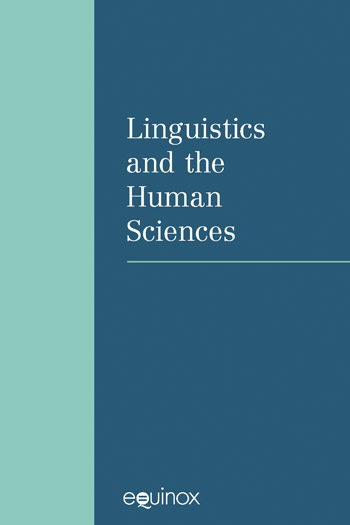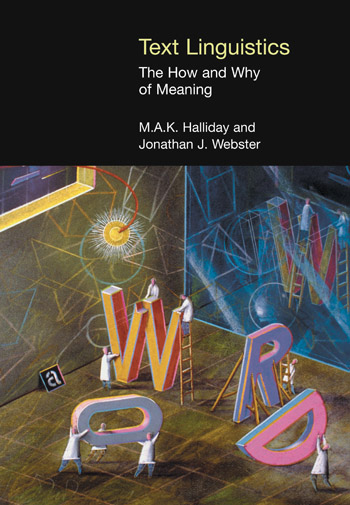System in Systemic Functional Linguistics
A System-based Theory of Language
Christian M.I.M. Matthiessen [+–]
University of International Business and Economics (UIBE), Beijing
Beijing, Distinguished Professor of Linguistics, in the School of Foreign Languages, Hunan University, Guest Professor at Beijing Science and Technology University, and Honorary Professor at the Australian National University. Before this, he was Chair Professor, Department of English, The Hong Kong Polytechnic University, and Professor in the Linguistics Department of Macquarie University. Professor Matthiessen has worked in areas as diverse as language typology, linguistics and computing, grammatical descriptions of various languages, grammar and discourse, healthcare communication studies, functional grammar for English-language teachers, text analysis and translation, multisemiotic studies, and the evolution of language. He has supervised over 40 research students.
Systemic Functional Linguistics is unique among linguistic theories in treating the concept of system as the central organising principle of language (and also of other semiotic systems, including context), most theories being focussed on syntagmatic structure.
This book introduces the notion of system as the foundation of the systemic functional architecture of language, relating the general notion of system in systems thinking (holistic approaches) to the principle that language is organised as a system of systems (the polysystemic principle) and, by another step, to the technical sense of system in SFL as the basic category of paradigmatic patterning – i.e. the organisation of language as a resource for making meaning. The concept of system is then used to explore the emergence of complexity in language (within different semogenetic timeframes), to show how it is manifested in the organisation of all subsystems of language (the fractal principle), to illustrate the system at work in the development of language descriptions and in the process of text analysis, to reveal the power of the system in different areas of application, e.g. in computational modelling, in educational analysis and curriculum development, in multilingual and multimodal studies. Finally, challenges are identified e.g. in the relationship between the paradigmatic axis and the syntagmatic one, in the representation of logical iteration and interpersonal continua; and current and new opportunities are suggested.
Table of Contents
Chapter 1
Chapter 2
Chapter 3
Chapter 4
Chapter 5
Chapter 6
Chapter 7
Appendix

£40.00 / $50.00
Institutional
£75.00 / $100.00







